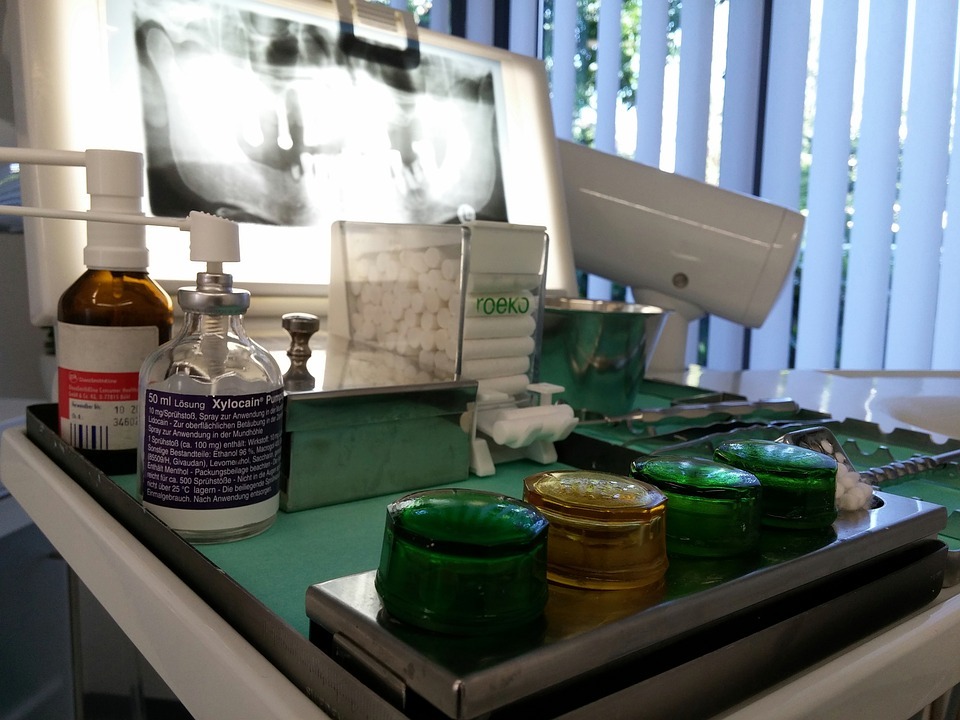Dental fillings procedure may seem straightforward but there are important considerations when it comes to choosing a dentist to perform the procedure. In this article, I’ll try to answer some of the common questions about dental fillings to help you make the right decisions.
Q1. When Is It Necessary To Get Dental Fillings?
A1. Cavity takes about 3 years to appear from initial decay. It starts from the surface of the tooth and progresses down to the nerve. It is possible for damage to be reversed if a cavity is caught early and professional dental care is sought. During these stages, you can opt for basic cleaning by the dentist in indialantic FL. In addition to office fluoride treatments, there is also a need to change your diet and oral hygiene care. A filling might be necessary in the following situations.
- Sensitivity to sugary, cold, and hot foods and beverages.
- Pain when you bite or chew using a certain tooth.
- Food stuck in a certain spot in the mouth.
- A dark spot appearing on the surface of the tooth.
- A chipped, broken, or rough tooth.
- General tooth pain.
- An x-ray revealing decay underneath the surface of the tooth.
- A filling falling out.
- Floss getting shredded every time you use it between certain teeth.
Q2. How Are Dental Fillings Done?
A2. Another common question that you might have about dental fillings is how the procedure is performed. Now, it depends on whether the cavity is detected early or not. If it is treated early on before it gets too close to the nerve, the procedure would be rather straightforward. The dentist will give you a local anaesthetic for numbing the teeth. Then, the damaged or decayed tooth material would be removed. Then, an acid gel will be used to treat the tooth as the dentist puts the resin filling in. It will help prepare the surface of the tooth for the filling material. Once this is completed, the acid gel will be washed away and the filling will be placed. The shape of the filling will match the surrounding teeth and a special light will be used to cure the material hard. Finally, the dentist would check to see if the bite is not too high and ensure that the surface is smooth.
Q3. Which Dental Filling Is the Best?
A3. When it comes to deciding which material to go for the dental filling, you have a number of options to choose from such as tooth colored composite resin, silver amalgam, and gold. To determine the right material, you will need to consider insurance coverage, cost of the filling material, the extent of the decay, and the location of the decay. Generally, composite resin material is the most popular option as it is long-lasting, tooth colored, and affordable as compared to other materials.
Q4. Are Dental Fillings Safe?
A4. The FDA has to approve all the filling materials before they can be used. This means that dental fillings are generally safe. But, there is a risk that the product used during the restoration process might cause sensitivity. Make sure to discuss all your concerns with the dentist to avoid any unnecessary inconvenience.
Q5. How Much Do Dental Fillings Cost Without Insurance?
A5. A great thing about dental fillings is that they are easily the least expensive dental procedure out there. However, the cost of dental fillings depends on the type of filling material you opt for. In addition to this, the amount of the surfaces that require restoring also needs to be considered.
For instance, a small cavity on a single tooth would cost a lot less than a cavity covering a large portion of the tooth. Therefore, it is best that you contact the dentist to get an estimate on the cost of the dental fillings.
Q6. Is It Possible for Dental Fillings to Fall Out?
A6. Although it is not common for fillings to fall out, it can happen if they become loose. However, as this is quite rare, you have nothing to worry about. But, if it does happen, the exposed tooth would be sensitive and it would be crucial that you visit a dentist as early as possible. On the other hand, if the decay goes undetected and reaches underneath the filling, it could change the shape of the tooth and the filling would no longer fit properly. Hence, it would resultantly fall out.
Q7. Do Dental Fillings Have To Be Replaced?
A7. Typically, dental fillings last a long time. But, they will need to be replaced at some point. The pressure from constant biting and chewing can cause the filling to wear away, crack, or chip away. This would allow bacteria to enter the spaces between the tooth and the filling. If you notice any fillings wearing out, it is crucial that you make an appointment with your dentist.
